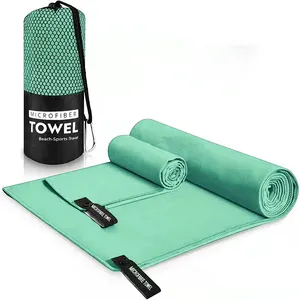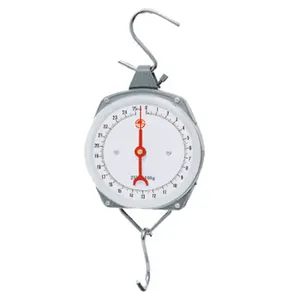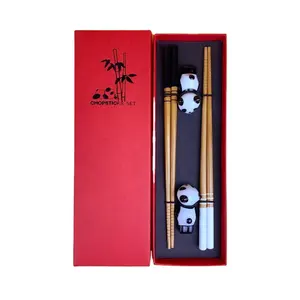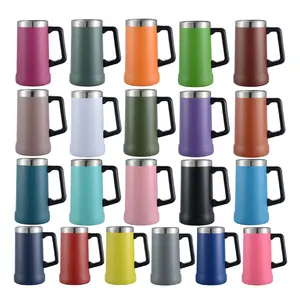Popular in your industry


























































Top categories
About center piece bowl
A center piece bowl is a versatile and decorative item that serves as a focal point in various settings, from dining room tables to wedding receptions. These bowls come in a myriad of designs, materials, and sizes, catering to a wide range of tastes and functions. The primary purpose of a centerpiece bowl is not only to add aesthetic value to a space but also to serve as a functional item for holding items like fruits, flowers, or decorative objects.
Types and Characteristics of Centerpiece Bowls
The array of centerpiece bowls encompasses a vast range of types, each with distinct characteristics that cater to different aesthetics and functions. The glass centerpiece bowl is a popular choice for its elegance and versatility, often used in formal events to add a touch of sophistication. Ceramic centerpiece bowls exude a classic charm and are frequently chosen for their durability and the artisanal touch they can bring to a setting. For a more unique and conversation-starting piece, fish bowl centrepieces are a creative option, often used to house not only fish but also plants and other decorative items. Large centerpiece bowls serve as a grand statement piece for a dining room, while smaller bowls might be used for more intimate table settings. The choice of type is crucial as it directly influences the ambiance of the space it adorns.
Structure and Operation of Centerpiece Bowls
The structure of a centerpiece bowl is integral to its function and aesthetic. Typically, a bowl will feature a broad opening to facilitate the display and removal of items, a deep basin to hold those items securely, and a stable base to ensure it remains the centerpiece without the risk of toppling. Some bowls may incorporate intricate structural elements such as fluted edges, etched designs, or tiered levels, which not only add to the visual appeal but also provide practical benefits. For example, tiered bowls allow for the display of items at different heights, enhancing visibility and creating a dynamic presentation. The operation of these bowls is generally simple, but the design can significantly affect how they are used and what they can display effectively.
Materials and Their Properties
The choice of materials in the construction of centerpiece bowls is vast and varied, with each material bringing its own set of properties and benefits. Acacia wood is prized for its rich color and grain, bringing warmth to any setting, and its natural oils make it resistant to water damage, making it ideal for long-lasting use. 304 stainless steel is another favored material, especially in modern designs, for its sleek look, resistance to corrosion, and ease of cleaning. Mango wood is a sustainable choice that offers durability and a lighter weight option compared to other woods. The materials are chosen not only for their functional properties but also for their ability to complement different design styles—from the sleek and contemporary to the traditional and rustic.
Business Usages and Applications
Centerpiece bowls are a staple in various business settings, offering both aesthetic appeal and practical utility. In the hospitality industry, a centerpiece fruit bowl in a hotel lobby or restaurant can provide a welcoming touch while also serving as a fresh fruit station for guests. Retail environments utilize decorative centerpiece bowls to create visually appealing product displays that can draw customers' attention and enhance the overall shopping experience. In corporate settings, these bowls can be used as part of the decor in reception areas or boardrooms, subtly reinforcing a company's brand and aesthetic. The use of centerpiece bowls in business settings is not just about decoration; it's about creating an environment that reflects the quality and ethos of the company.
Functions of Centerpiece Bowls
The functions of centerpiece bowls are as diverse as their designs. A centerpiece bowl for dining room table is traditionally used to hold decorative items such as fruits, ornaments, or seasonal decor, contributing to the room's ambiance. However, these bowls can also serve more interactive functions at gatherings; for example, a fish bowl centrepiece can become a mini-aquarium, providing entertainment and a talking point for guests. In a commercial setting, a centerpiece decorative bowl might function as a display for featured products or promotional items, serving a dual purpose of decoration and marketing.
Features of Centerpiece Bowls
The features of centerpiece bowls are what set them apart and make them an attractive option for both decorators and consumers. A glass centerpiece bowl may boast features such as a hand-cut pattern or a tinted hue, which can cast beautiful reflections and add depth to the visual space. The unique selling points of these bowls, such as their handcrafted nature, the quality of materials, or their multifunctionality, distinguish them in a competitive market. For instance, a bowl that can transition from a functional fruit bowl to an elegant floral display offers versatility that is highly valued.
Benefits of Using Centerpiece Bowls
The benefits of incorporating centerpiece bowls into decor are manifold. A well-chosen centerpiece decorative bowl can elevate the style of a room, serve as a symbol of hospitality when filled with fruits, or act as a canvas for seasonal decorations. The psychological impact of a well-styled space, anchored by an attractive centerpiece, can contribute to a sense of well-being and aesthetic pleasure for both residents and guests. Moreover, the functionality of these bowls as organizational tools cannot be overlooked—they can help to declutter spaces by containing items in a stylish manner.
How to Use Centerpiece Bowls Effectively
Effective use of a centerpiece bowl involves more than just placing it on a surface; it requires consideration of the bowl's relationship to its surroundings. For instance, a centerpiece bowl for dining room table should be proportionate to the size of the table and the height of other decor elements to ensure it complements rather than dominates the space. Additionally, the contents of the bowl should be thoughtfully chosen to reflect the occasion or season, adding to the thematic coherence of the room's decor.
How to Choose the Right Centerpiece Bowl
Choosing the right centerpiece bowl involves a balance of aesthetics, function, and scale. The theme of the event or decor of the room should guide the style of the bowl—whether it be a glass bowl centrepiece for a contemporary look or a ceramic centerpiece bowl for a more traditional vibe. Consideration of what the bowl will hold is also crucial; for example, if it is to be used as a fish bowl centrepiece, it must be made of a material suitable for containing water and supporting aquatic life.
How to Clean and Maintain Centerpiece Bowls
The cleaning and maintenance of centerpiece bowls are vital to their longevity and appearance. Glass bowls typically require a gentle hand wash to avoid scratches, while stainless steel can be wiped down with a soft cloth and a mild detergent. Wooden bowls, such as those made from acacia or mango wood, should be treated with food-safe oils to preserve their finish and prevent cracking. Regular cleaning and proper maintenance ensure that these centerpiece bowls remain a focal point of beauty for years to come.
Target Audience and Meeting Their Needs
The target audience for centerpiece bowls is diverse, encompassing event planners seeking to create memorable table settings, interior designers looking for versatile decor items, and homeowners aiming to add a touch of elegance to their living spaces. A centerpiece decorative bowl meets the needs of these audiences by offering a functional and aesthetic element that can be tailored to various styles and preferences. For instance, a minimalist might prefer a simple yet striking stainless steel bowl, while someone with a more traditional taste might opt for a richly textured wooden bowl. Understanding the preferences and needs of the target audience is key to selecting the right centerpiece bowl for any occasion or setting.

































